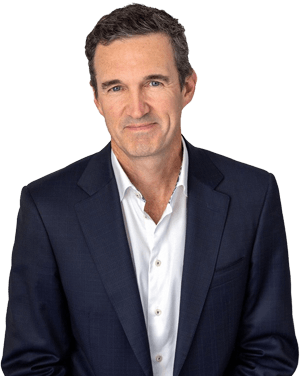Non-surgical Procedures
Surgery is not always the right option for patients.
Non-surgical procedures are also available, and can be useful to treat unwanted facial wrinkles that result from the natural process of ageing, or repeated muscle activity. These lines are common around the eyes (crow’s feet), between the eyebrows (frown lines), and across the forehead.
Non-surgical treatments to these areas can stop the muscle activity responsible for the wrinkles, allowing the lines to become less prominent or visible. This treatment requires no anaesthetic, and can be performed in the practice in less than 30 minutes. The effects of the treatment become apparent over the next 7-10 days and will usually last between 3 and 6 months. These treatments can be repeated as necessary, and will often allow the skin to recover over time so that these fine wrinkles become less noticeable.
Risks include bruising from the needle insertion, and bleeding at the needle site. Rarely, some patient scan be allergic to preservatives in the medicine. Duration of the effects of the treatment can be variable.


Deeper wrinkles in the face, and a general loss of facial volume is also a normal result of ageing, especially affecting the region around the eyes, the cheeks, and the lips. Non-surgical treatments are also available to replace some of this volume, allowing for a reduction in the depth and visibility of these wrinkles. These treatments often require some form of local anaesthetic and may require early arrival for your appointment to allow the anaesthesia time to work. The effect of these treatments can be immediate, and can last for up to 9-12 months.
These treatments can also be used to add volume to lips, or other elements of the face.
Risks associated with these treatments include more significant bruising and swelling, and visible needle marks. The local anaesthetic can affect feeling on the face, and movement of the mouth, for several hours, similar to going to the dentist. Rare complications result from this material being inadvertently injected directly into blood vessels in the face, resulting in potential tissue necrosis (tissue death), permanent scarring, and visual loss or blindness.
All Surgical Procedures Carry Risks
Before proceeding, you should seek a second opinion from an appropriately qualified medical practitioner.
Individual results may vary due to a number of factors, including genetics, and variations in healing and recovery, and the potential for complications. The outcomes experienced by one person do not necessarily reflect the outcomes that other people may experience. Potential outcomes and possible variations will be discussed during your consultations
Cosmetic surgery is real surgery, and will most often require a general anaesthetic. All surgery will require a period of recovery before returning to normal activity, as outlined in the particular procedure information. Although uncommon, complications can and do occur, and may affect the final result of your surgery. The potential risks will be discussed fully during your consultations, and you will have the opportunity to ask questions about the various risks in your particular circumstances. Risks may include the general risks of surgery, as well as the risks specific to the procedure, and include poor quality scarring, excessive bruising and swelling, infection, bleeding, pain, asymmetry, nerve injury, anaesthetic complications, drug reactions, unsatisfactory cosmetic outcomes, the need for further surgery, and permanent disability and death.
As a specialist plastic surgeon, Mr Morgan is appropriately trained and qualified to deal with complications of surgery, including the ability to admit you to hospital, if required.
“My extensive years of study and practice in facial reconstruction mean I am able to perform these delicate procedures with extreme precision and the utmost care”
Mr David Morgan – Specialist Plastic Surgeon

